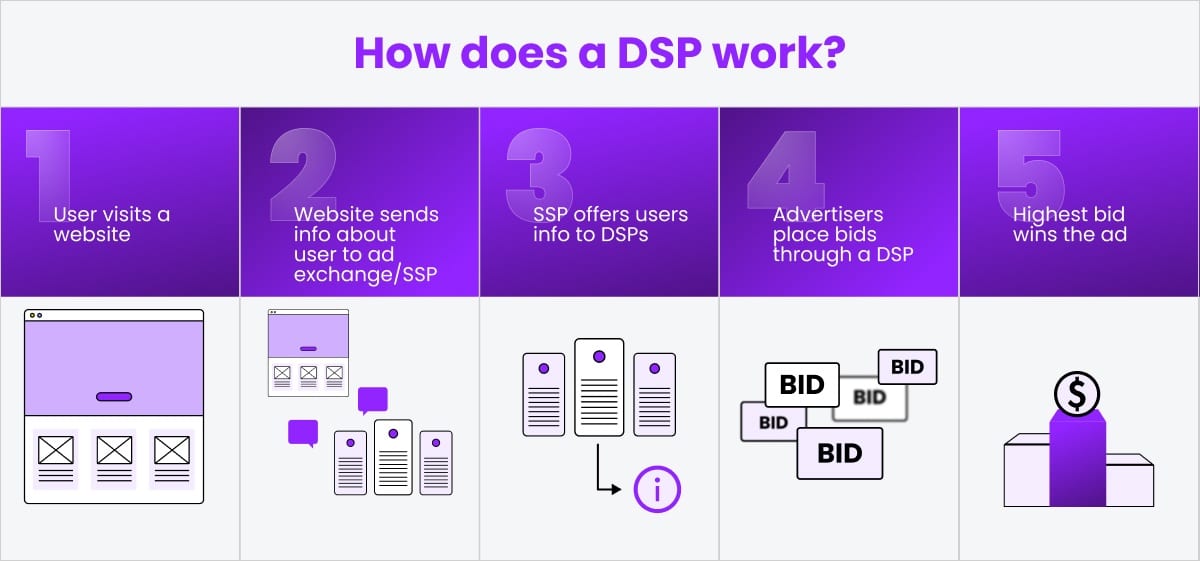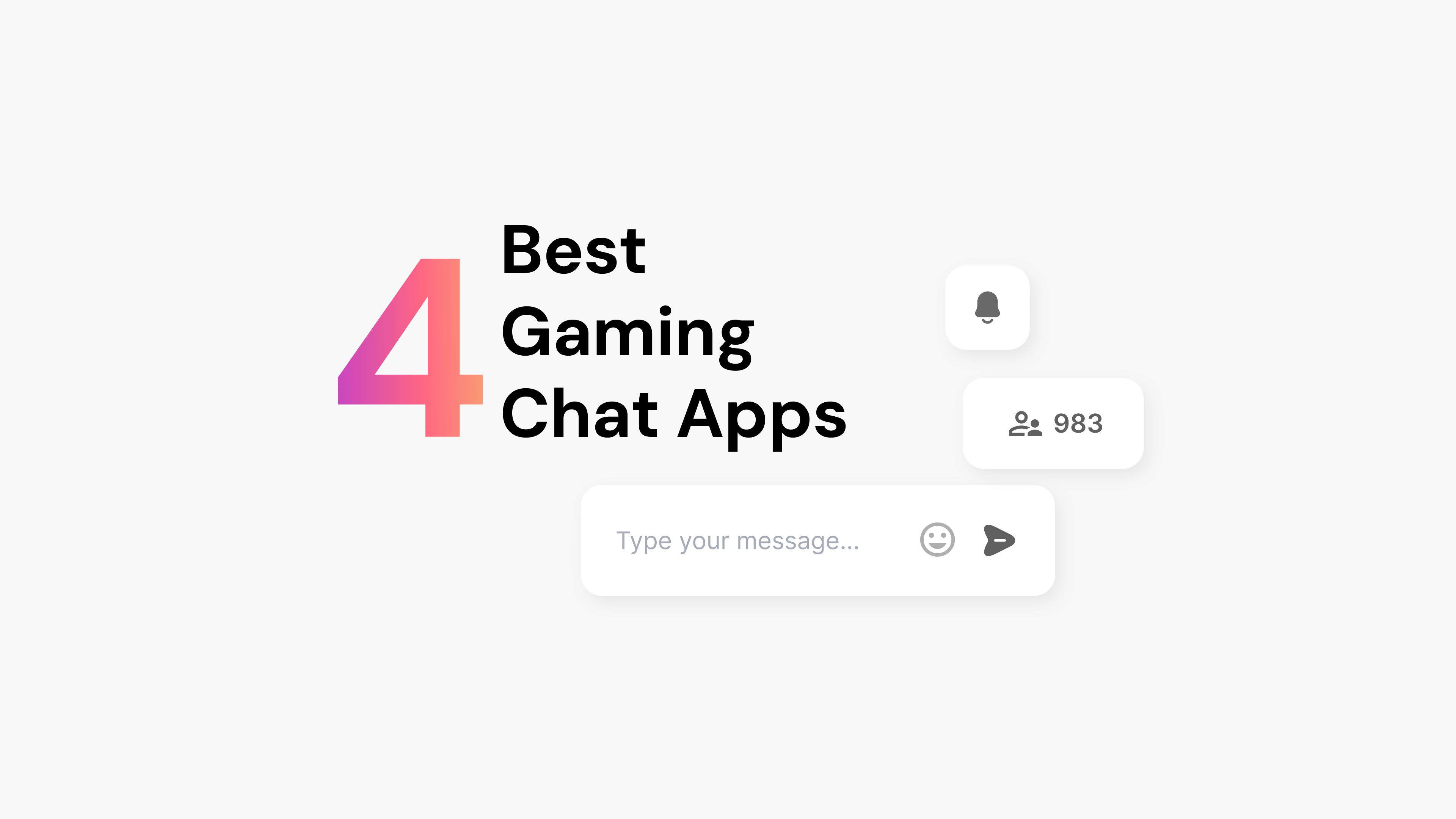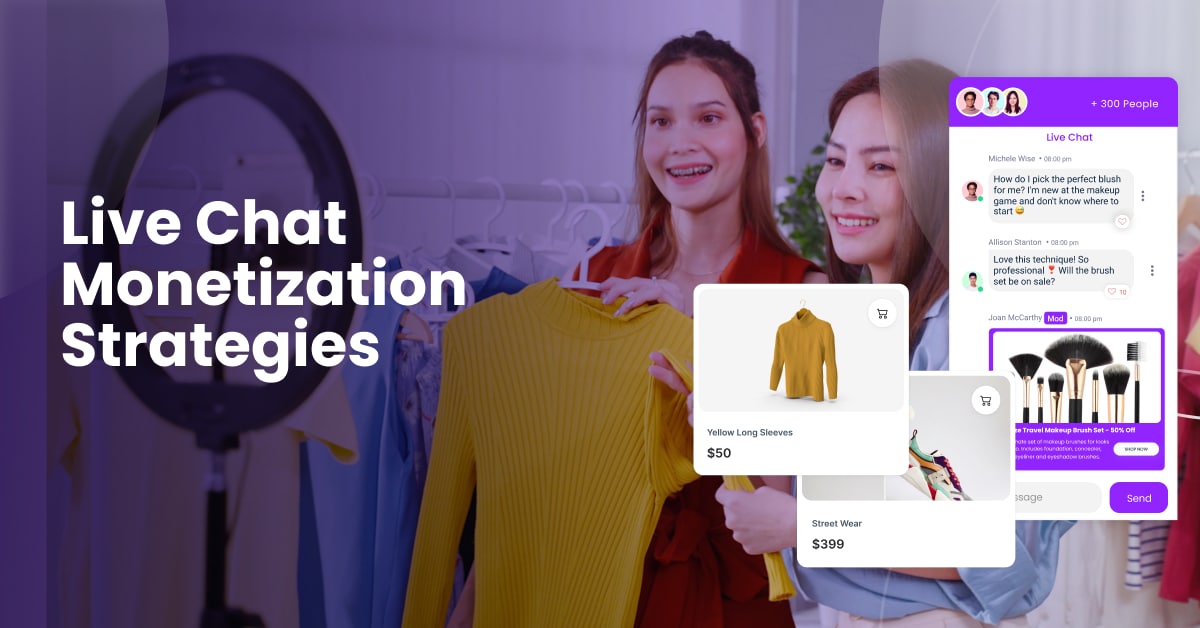Demand Side Platforms (DSPs) stand as game-changers, setting the stage for strategic ad buying and selling. As an influencer in this space, navigating the intricacies of DSPs becomes not just advisable, but essential.
What is a Demand-Side Platform (DSP)?
A demand-side platform is a way for marketers to find ad space that fits their needs. It is called “demand-side” because marketers need advertising space from hundreds or even thousands of publishers to reach their goals at a fair price. A supply-side tool, on the other hand, is focused on meeting the needs of publishers who sell ad space.
How Does a DSP Work?

A Glimpse into DSP Varieties
While all DSPs aim to serve advertisers with suitable digital properties and high-quality inventories, the nuances that set them apart are crucial. Broadly, DSPs fall into two main categories:
Self-Serve DSPs
Ideal for those wishing to allocate a moderate budget, the self-serve DSP demands mastery over its intricacies. While it may proffer advanced advertising tech to streamline bidding strategies, its navigation necessitates dedicated time and understanding. Typically, revenue generation for this DSP model stems from marking up the advertising prices.
Full-Serve DSPs
Tailored for marketers yearning for premier inventory and insightful reporting tools, full-serve DSPs provide a holistic experience. With the guidance of advertising connoisseurs, they identify the precise audience and offer connections with esteemed publishers. The pricing, while more intricate, incorporates both service fees and costs per ad placement.
Spotlight on Prominent DSPs
A few renowned DSPs currently favored by brands and advertising agencies encompass:
Diversifying DSP subscriptions can be astute, given the differing advertising prospects and pricing models they offer. Leveraging multiple DSPs can not only economize digital marketing campaigns but potentially trim down the cost per click (CPC) by integrating less renowned publishers.
Benefits of Using a DSP
Visualize an intent to captivate affluent working women, aged 30-50, within the U.S. The vast digital landscape can be overwhelming. Yet, a DSP acts as a consolidated marketplace of advertising avenues, enabling effortless placements across varied platforms.
Choosing DSPs can amplify advertising reach, significantly diminishing over-reliance on mammoth entities like Facebook, Google, and Amazon. For perspective, as of 2021, these three giants absorbed 64% of U.S. digital advertising revenue. Yet, the remaining 36% still represents an enormous slice of the advertising pie, challenging to access without DSPs.
Choosing the Right DSP for Your Business
A quintessential DSP facilitates uncomplicated inventory procurement for myriad ads – from videos to search ads and even mobile apps. But what sets an outstanding DSP apart?
- Ad Creative Diversity: Recognizing the platform’s specialization, whether it’s video-centric or display ad-focused, is pivotal.
- Analytical Integration: Seamless synergy with preferred analytical tools can obviate manual data transfers, simplifying performance evaluations.
- Publisher Blacklisting: Maintaining brand sanctity by sidestepping contentious publishers is essential. This feature can preclude any inadvertent placements on controversial sites.
- Real-time Reports: Instantaneous, precise analytics accessed directly via the DSP interface is indispensable for informed decision-making.
- Expansive Publisher Network: Continuous publisher engagement and retention reflect a DSP’s expertise.
The Synergy of CDP and DSP
To truly understand why modern marketers increasingly lean on Customer Data Platforms (CDP), place yourself in an advertiser’s shoes. An advertiser’s quintessential challenge is to optimize results within a defined budget. In this quest, granular data becomes their North Star.
A sophisticated CDP, like Arena Personas, augments your advertising strategy. By collecting rich audience data, publishers can cater to diverse advertiser needs, be it age-centric or interest-driven. With improved data quality, direct deals or DSP placements become more profitable and efficient.
How to Choose the Right DSP for Your Business
You want the best, right? But “best” depends on your specific needs and goals. Here’s what to consider when choosing a DSP.
- Ad Creative Diversity: Recognizing the platform’s specialization, whether it’s video-centric or display ad-focused, is pivotal.
- Analytical Integration: Seamless synergy with preferred analytical tools can obviate manual data transfers, simplifying performance evaluations.
- Publisher Blacklisting: Maintaining brand sanctity by sidestepping contentious publishers is essential. This feature can preclude any inadvertent placements on controversial sites.
- Real-time Reports: Instantaneous, precise analytics accessed directly via the DSP interface is indispensable for informed decision-making.
- Expansive Publisher Network: Continuous publisher engagement and retention reflect a DSP’s expertise.
Integration is key. Your DSP should work seamlessly with your existing tools. Platforms like Arena offer features that can enhance your DSP’s capabilities, such as advanced audience segmentation and real-time user engagement.
The Synergy of CDP and DSP
To truly understand why modern marketers increasingly lean on Customer Data Platforms (CDP), place yourself in an advertiser’s shoes. An advertiser’s quintessential challenge is to optimize results within a defined budget. In this quest, granular data becomes their North Star.
A sophisticated CDP, like Arena Personas, augments your advertising strategy. By collecting rich audience data, publishers can cater to diverse advertiser needs, be it age-centric or interest-driven. With improved data quality, direct deals or DSP placements become more profitable and efficient.
Why Arena Stands Out
Embarking on the digital advertising journey without the right tools can be akin to navigating the vast seas without a compass. As you decipher the realm of DSPs, integrating tools like Arena’s live blogs can be the catalyst propelling you towards your marketing aspirations.
To grow your digital advertising revenue, you need to have a CDP. Find out how Arena Personas levels up your CDP and help you gain an edge in today’s marketing landscape.
Engage, experience, and elevate your strategies with Arena. Witness first-hand how seamless integrations and live blogging can redefine your marketing outcomes and help reach those pivotal goals.



